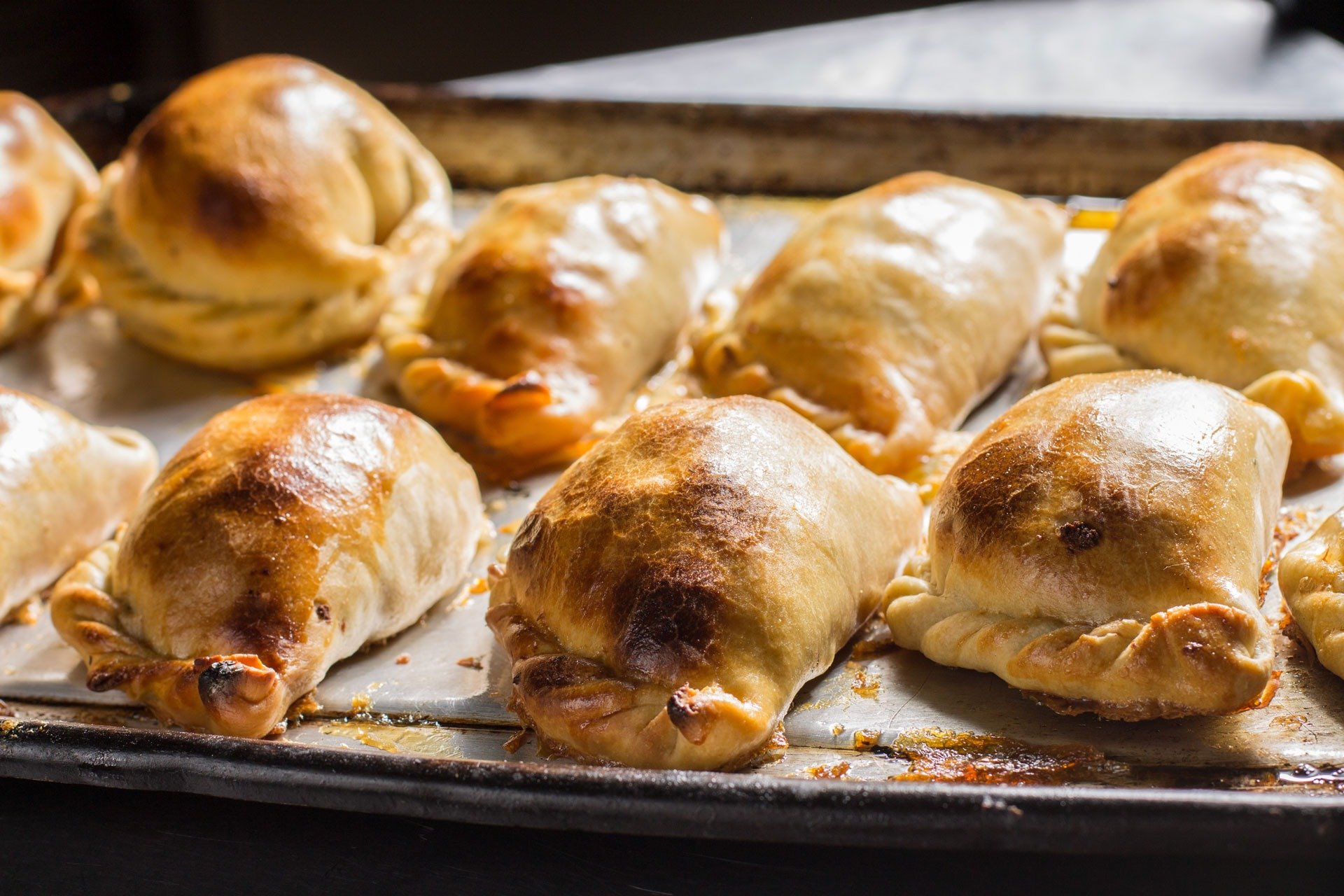Real Food Encyclopedia | Chickpeas
Chickpeas, or garbanzo beans, play an important role in many cultures of the Mediterranean, Middle East and Africa, including Spain, Italy, Lebanon, Israel, Morocco and Ethiopia (to name just a few).
The wild ancestors of chickpeas are native to western Asia. According to “The Domestication of Plants in the Old World,” the domesticated types of the pulse are most closely related to wild varieties found in southeastern Turkey. The earliest archeological evidence for human consumption of the legume date to between 8,000 and 10,000 BCE, from archaeological sites scattered across parts of Turkey and northern Syria. This makes chickpeas, along with lentils and peas, one of the oldest cultivated plants in existence.
From their beginnings as a foodstuff in Syria and Turkey, the plant spread other parts of the Middle East (Israel, Jordan), the Mediterranean (Egypt, North Africa) and to India. Both the Ancient Greeks and Romans ate them.
Fun Facts about Chickpeas:
- “Garbanzo,” the legume’s other common name, comes from the Basque language.
- The origin of hummus is hotly contested. Countries claiming to be the birthplace of the dip include Lebanon, Israel, Palestine, Greece, Egypt and many others. Same goes for falafel (chickpea fritters), whose culinary origin has become similarly controversial. Most food historians agree that both dishes (probably) originated in Egypt.
What to Look for When Buying Chickpeas
Chickpeas (a.k.a. garbanzo beans) are in the Fabaceae (legume) family, related to soybeans, snap beans, peas, peanuts and many others. They are the third most widely grown legume in the world, after soybeans and beans. A cool weather crop, chickpeas grow on plants with large, upright stalks, and form small pods that have one to two chickpeas inside. The fresh green pods (and the fresh seeds inside) are edible, but the vast majority of chickpeas are harvested dried, for long-term storage and canning. Chickpea leaves are also edible.
Chickpeas can be found fresh, canned, frozen and dried. They are generally divided into two types:
- Kabuli: the kind most commonly seen canned and dried in the US, kabuli chickpeas are large and cream-to-beige colored, with a thin seed coat.
- Desi: according to food scientists Harold McGee, the variety grown in Asia, Iran, Ethiopia and Mexico. Desi chickpeas are smaller than kabuli types, with a thick seed coat and dark color.
Fresh chickpeas are green, and usually found in the pod. Chickpea pods are small (with one to two beans in each pod). Pass on fresh chickpea pods are dried out or that have black or mushy spots on them.
Sustainability of Chickpeas
Like most legumes, chickpea plants are nitrogen-fixers (they add nitrogen to the soil), making them less dependent on nitrogen-based chemical fertilizers, so growing chickpeas and other legumes can actually improve soil fertility.
Chickpea Seasonality
Fresh, green chickpeas are in season only fleetingly in the US, from mid- to late spring. Dried chickpeas, are, of course, available year-round, as are canned.
Chickpeas and Geography
India is by far the largest global producer of chickpeas, followed by Australia, Pakistan, Turkey and Myanmar. In the United States, chickpeas are grown in Idaho, Washington State, California and Montana.
Eating Chickpeas
Storing Chickpeas
Stored in a cool, dark place, dried chickpeas will keep for at least a year. Note that, like all dried beans, the older they are, the longer they may take to cook. Fresh green chickpeas are quite perishable — keep them in a paper bag in your crisper for no longer than three to four days.
Cooking with Chickpeas
Cooking dried chickpeas is easy — you can soak first to reduce the cooking time, or just stick them on the stove when you’ll be home for an hour or so. Dried chickpeas are certainly more economical, and there are canned-food snobs that insist that canned beans are terrible, but for a fast, healthy meal, canned chickpeas can’t be beat. You can also find frozen, cooked chickpeas in the frozen vegetable aisle of many good supermarkets.
Dried, frozen and canned chickpeas can be made into falafel, ground into hummus, turned into soup or stews, baked into bread, made into a filling salad or tossed with pasta for a protein-filled, meat-free meal. In India and Italy, chickpeas are turned into flour and made into various fritters, like vegetable pakoras (India) and panelle (Italy). You can roast whole chickpeas in the oven for a crispy, crunchy, addictive (but healthy) snack — you can even make them sweet or savory. Chickpea flour also makes excellent gluten-free flatbreads, and many cuisines make their own version — like the French socca or the Ligurian (Italy) farinata.
Fresh chickpeas can be pan seared in the pod, or steamed whole like edamame. Cooked out of the pod, use them like you’d use any fresh bean or peas.
Preserving Chickpeas
Cook up a big batch of legumes like chickpeas, eat half, and freeze the other half. You can also try your hand at lacto-fermented hummus!
Chickpea Nutrition
Chickpeas are amazing little nutritional powerhouses. They contain a huge amount of protein, fiber and some fat, making them a great source of energy. The legumes also have a ton of folate, manganese, iron and copper, and are good sources of calcium, Vitamin K, Vitamin B6 and selenium.
Top photo by richardcoombs58/Twenty20.


